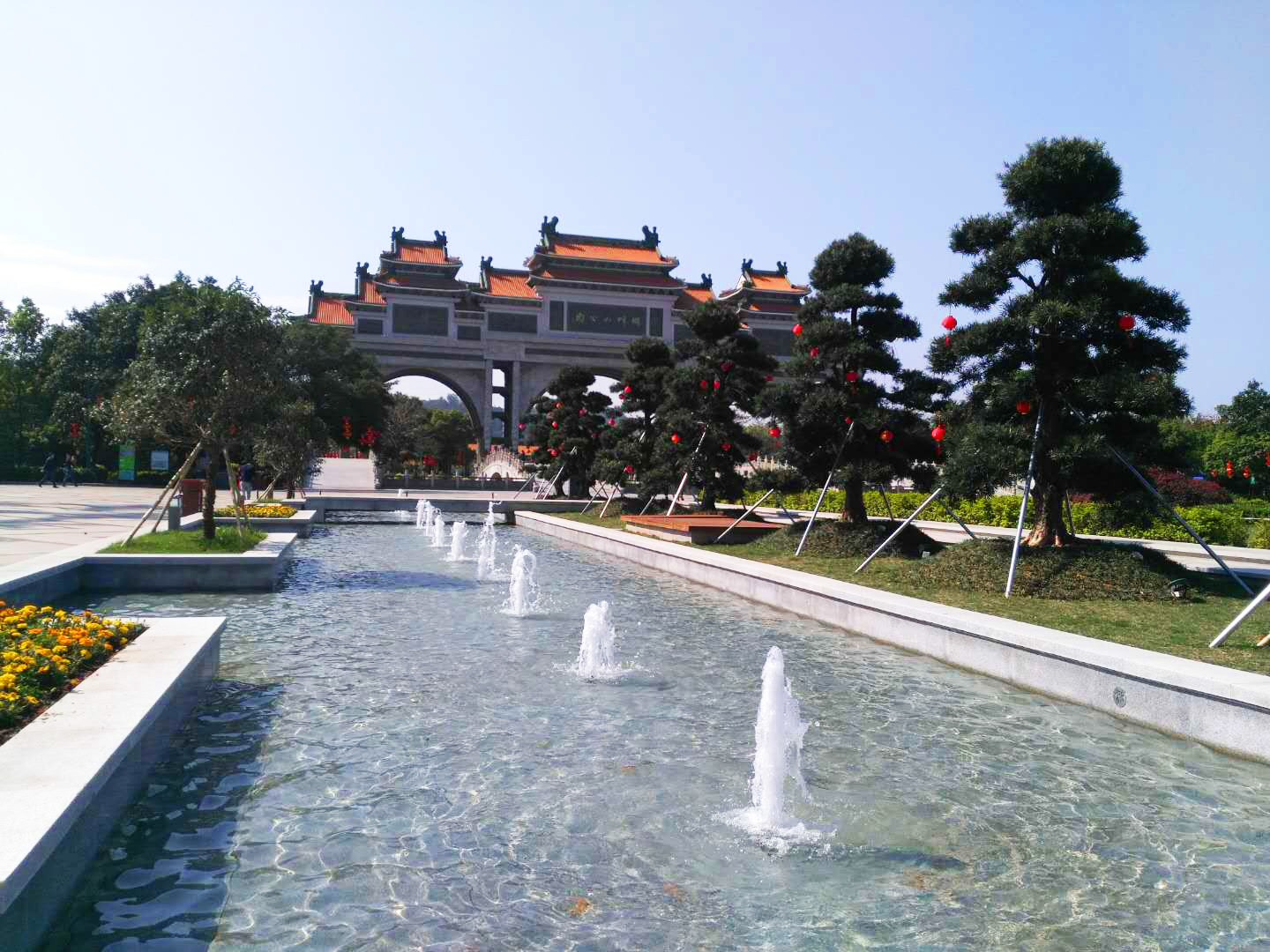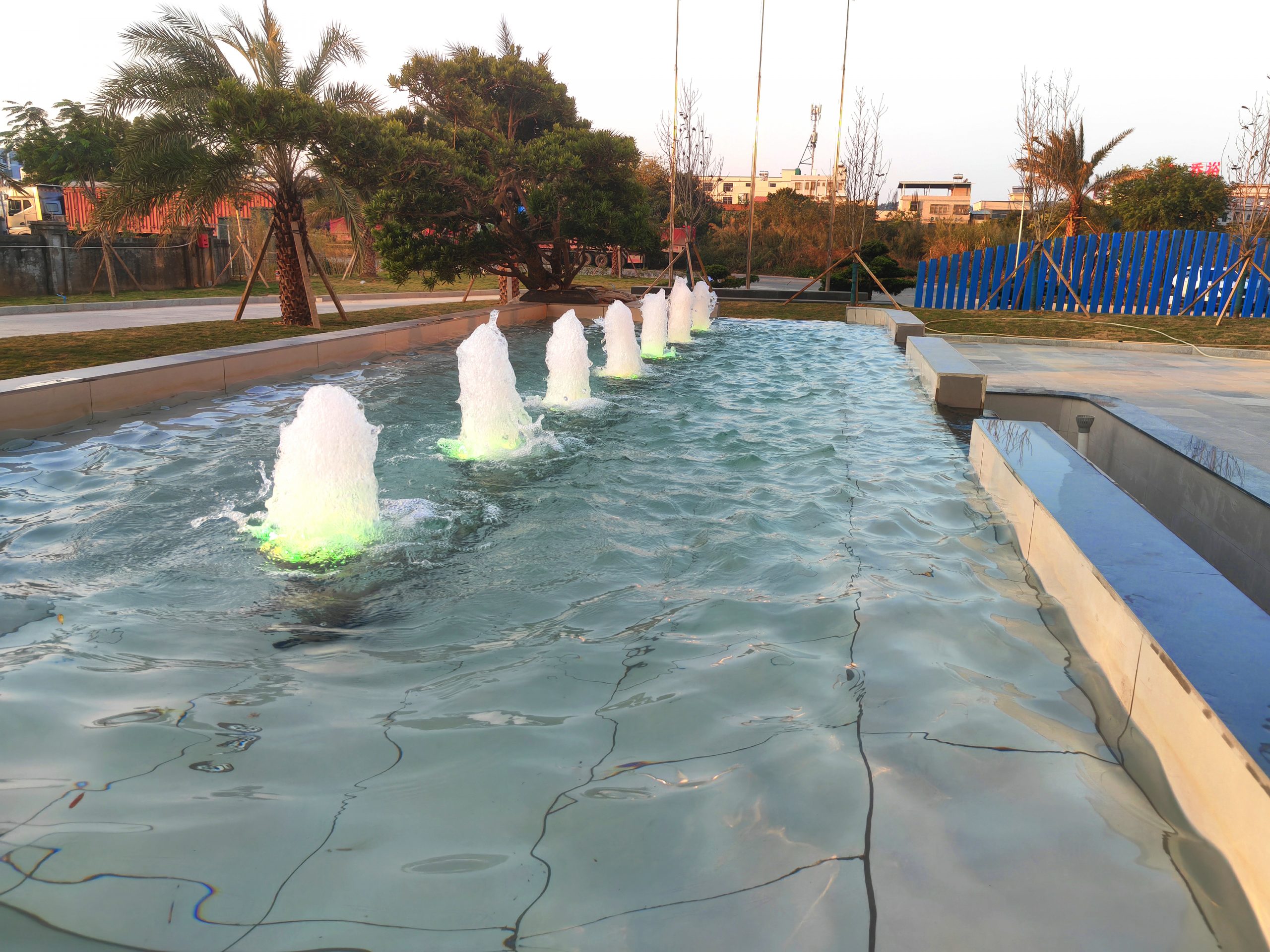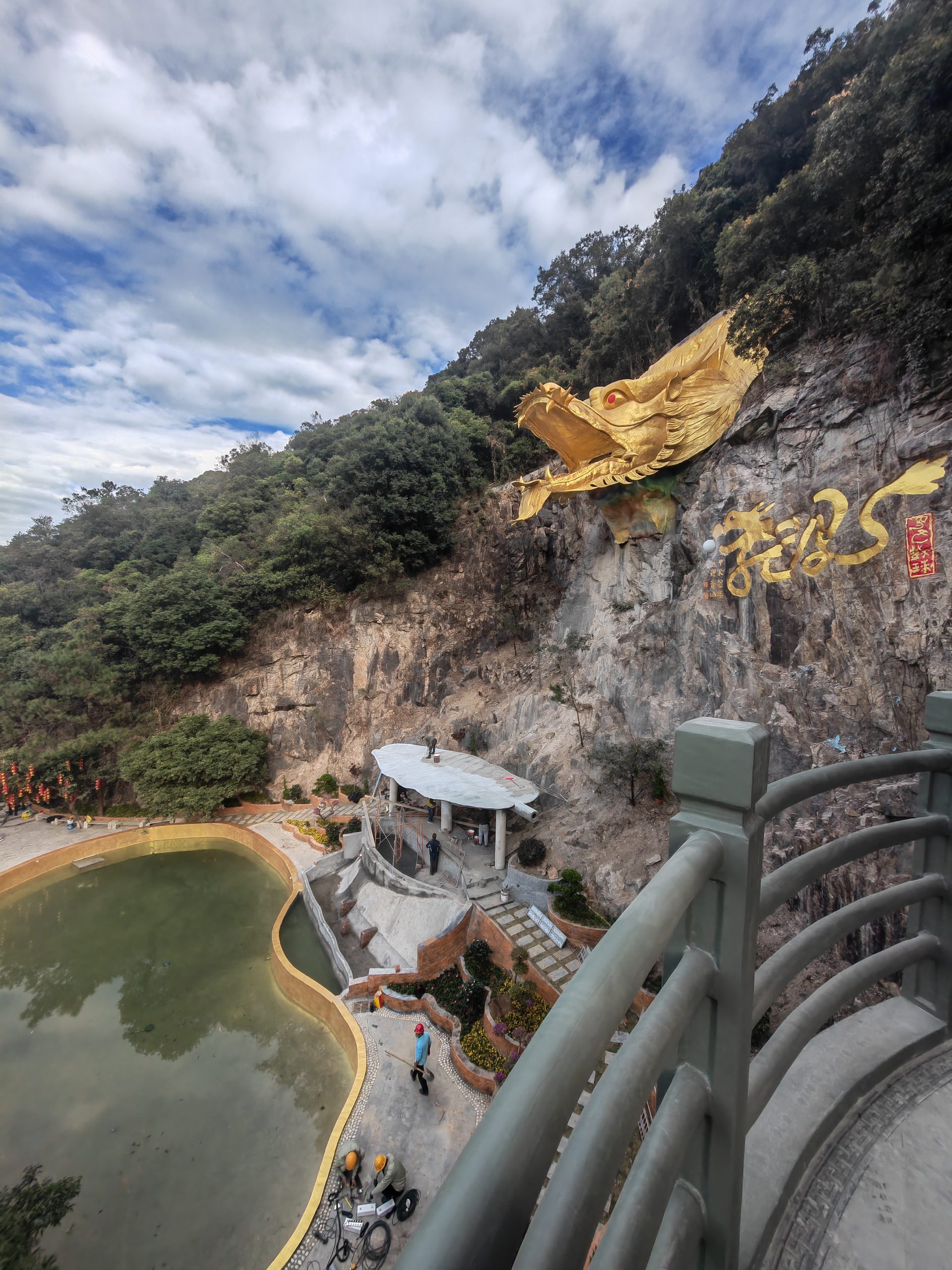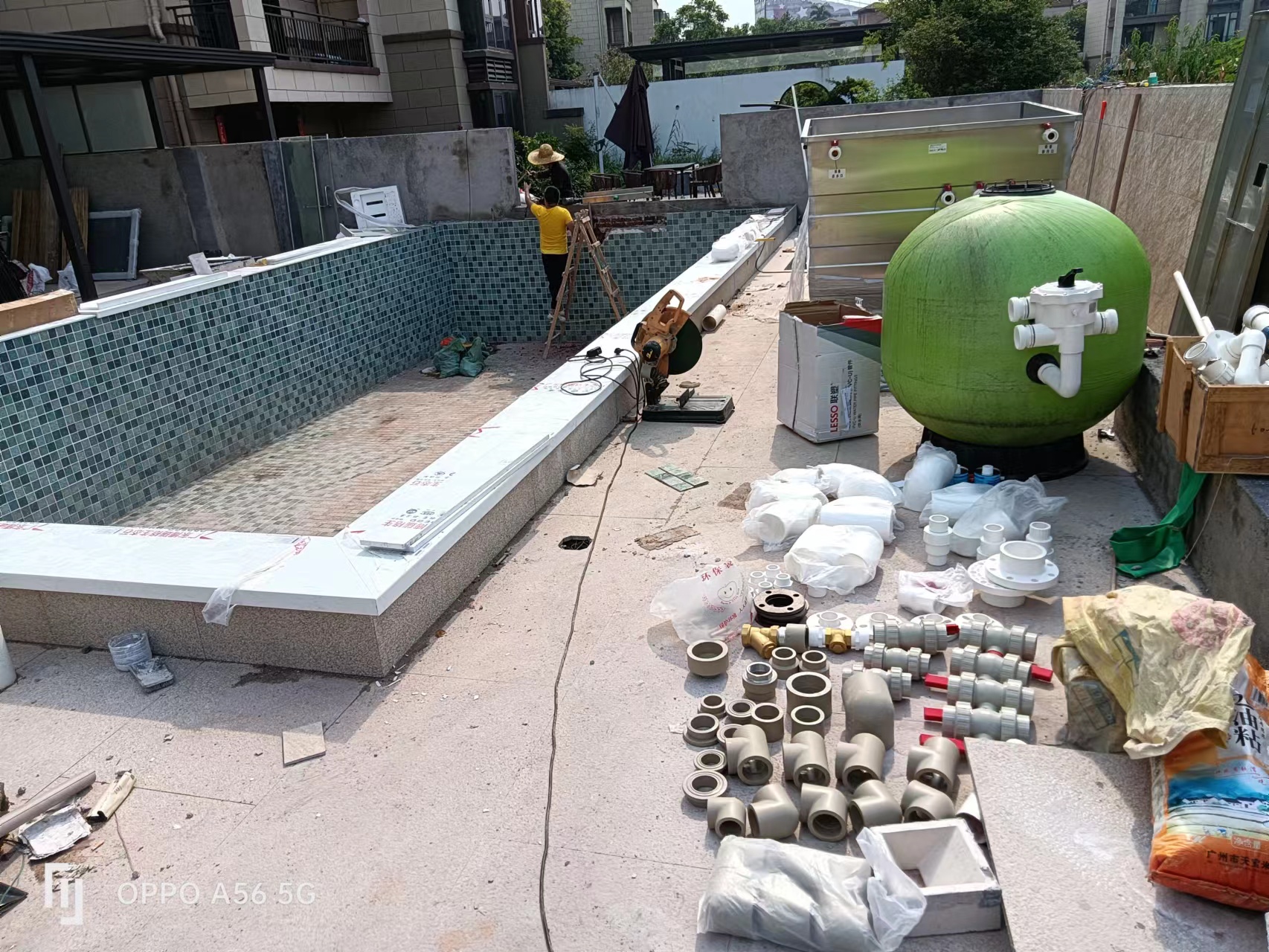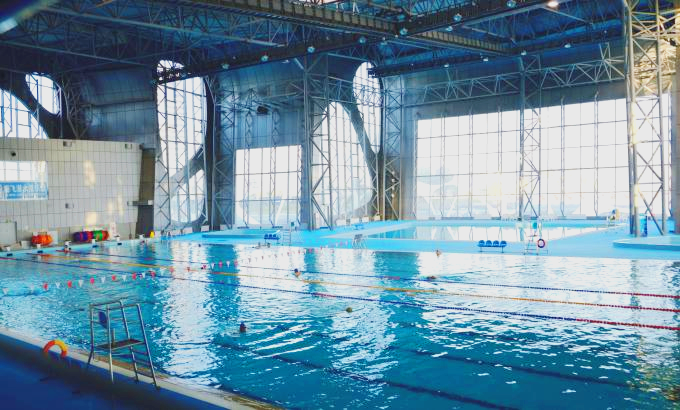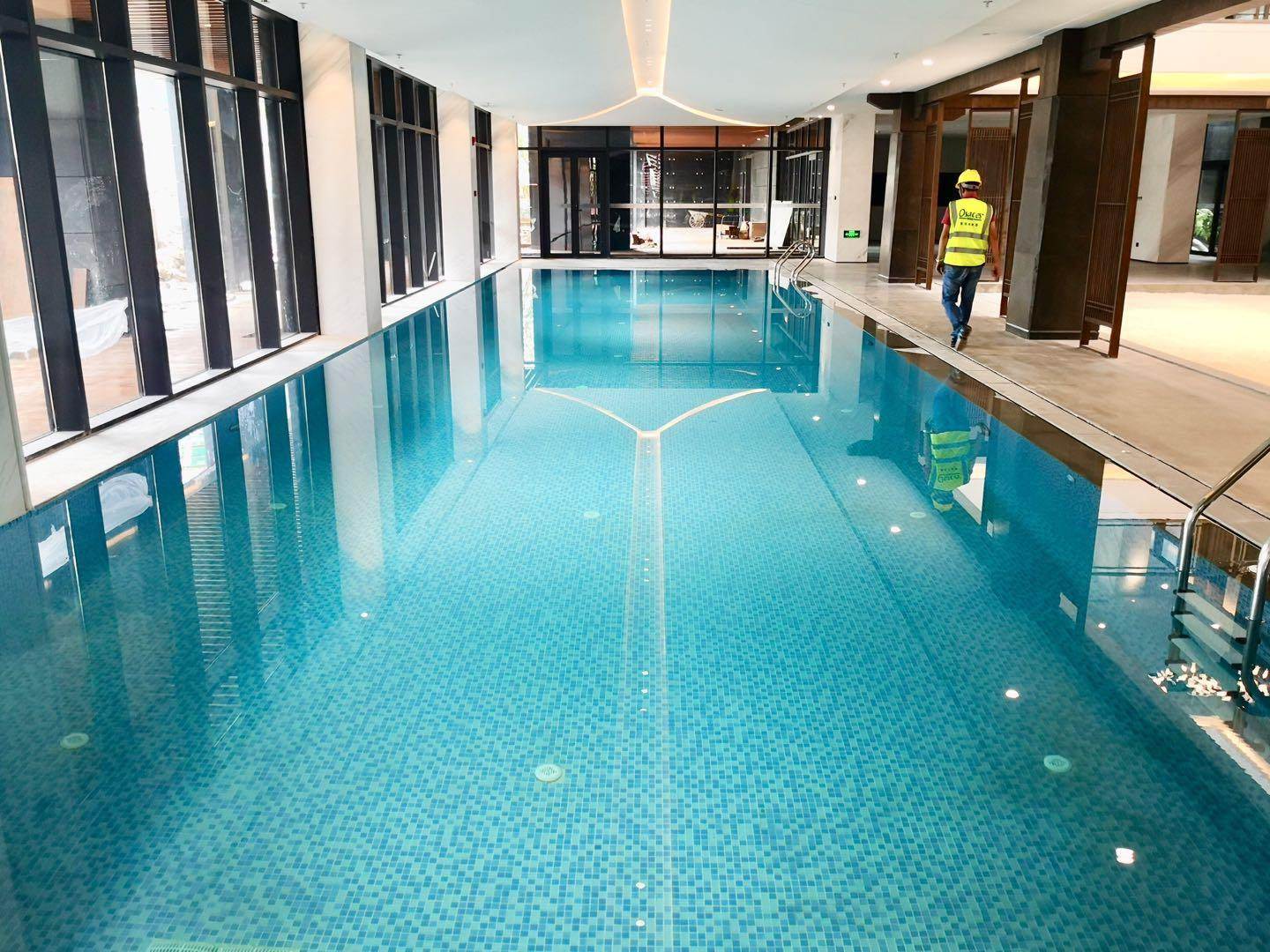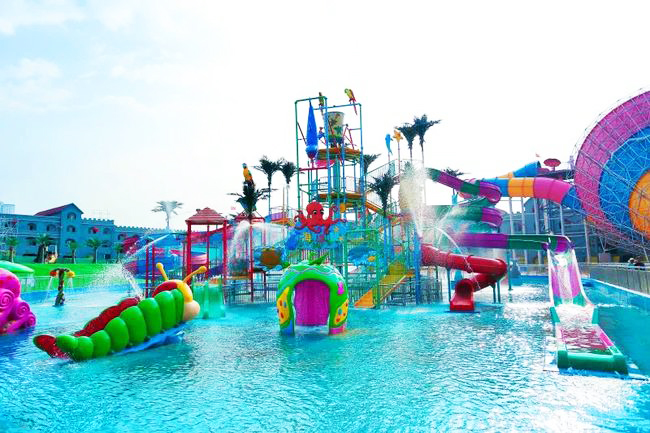common problems
contact details
 Ollies (Guangzhou) Recreation and Sports Equipment Co.
Ollies (Guangzhou) Recreation and Sports Equipment Co.Tel: (020) 82686289
Fax: 020-82694853
Headquarter: No.31-37, Xincun 2 Road, Shangjiang North Street, Dongzhou Village, Xintang Town, Zengcheng City, Guangzhou, Guangdong, China
fig. beginning / /
Precise regulation of dissolved oxygen threshold in spring: triple oxygenation rule for fish pond filtration system
Article source: Ollies (Guangzhou) Recreation and Sports Equipment Co., Ltd Popularity: (Clicked 3,134 times) Service Hotline: (020)82686289
I. Optimization of filtration systems for synergistic oxygenation
- Filter media cleaning and water flow regulation
- Regularly clean the filter cotton/brush to avoid clogging that causes stagnant water flow and affects the dissolved oxygen efficiency, and keep the old water for rinsing when cleaning to protect the nitrifying bacterial flora.
- Adjust the direction of the inlet and outlet of the filtration system to increase the air contact surface through water flow fluctuation and enhance the amount of dissolved oxygen.
- Check the impeller of the water pump for scale buildup to ensure a stable circulation flow and to avoid a decrease in oxygenation capacity due to aging equipment.
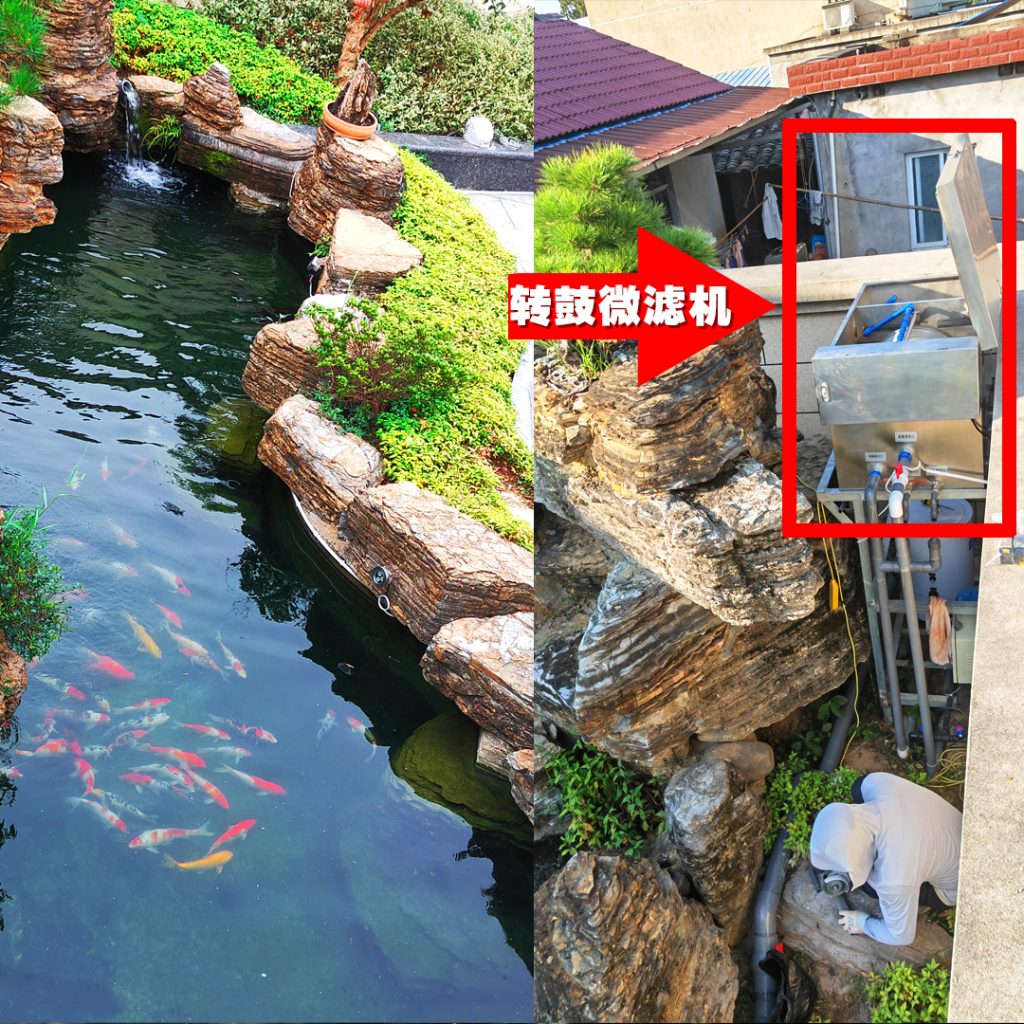
- Biofilter activation
- Supplementation of nitrifying bacteria preparation when the temperature rises in the spring to enhance the biochemical filtration efficiency and reduce the consumption of oxygen by organic matter decomposition.
- Additional porous filter materials (e.g. ceramic ring, volcanic stone) are installed in the filtration bin to expand the attachment area of the bacteria and indirectly optimize the oxygen content of the water.
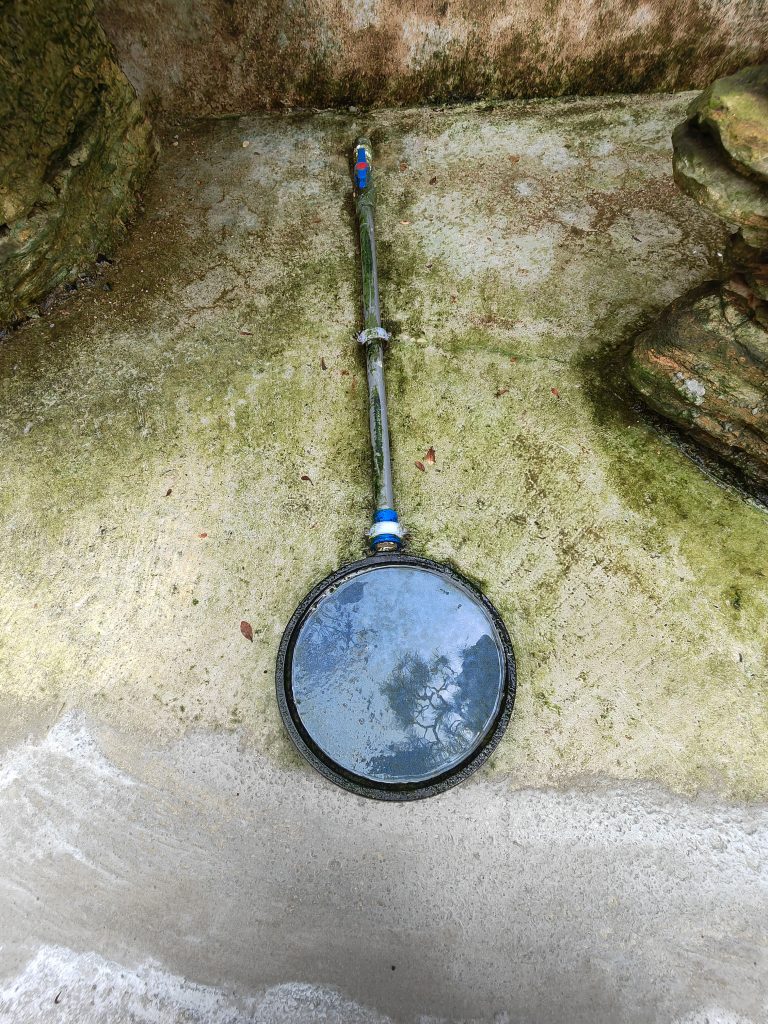
II. Combination of mechanical and natural oxygenation
- Equipment Oxygenation Strategies
- Turn on the oxygenator for 2-3 hours in the afternoon on sunny days to promote the exchange of upper and lower water bodies and release harmful gases from the bottom.
- Adopting microporous aeration disk or nano air stone, through the circulation pump linkage of the filtration system to realize low noise and high dissolved oxygen effect.
- Energy-efficient aeration is achieved by utilizing solar-powered oxygen pumps, which are especially suited to spring climates with large differences in daytime and nighttime temperatures.
- Ecological Oxygenation Program
- Plant aquatic plants such as water lilies and water hyacinth at the edge of the fishpond to release oxygen through photosynthesis (note that the control coverage is ≤30%).
- Sprinkle photosynthesizing bacteria or EM bacterial solution to inhibit algae overgrowth while promoting oxygen production by beneficial microorganisms.
III. Dynamic monitoring of water quality and emergency management
- Key Indicator Testing
- Weekly testing of dissolved oxygen (recommended ≥5mg/L), pH (6.5-8.5), ammonia nitrogen (<0.2mg/L), and maintenance of stable indicators through water changes or adjustment of flora balance.
- Bio-organic fertilizer (200-300kg/mu) is used for spring fertilization to avoid over-fertilization triggering oxygen depletion by algae.
- emergency oxygenation measures
- In case of sudden sweltering weather, calcium peroxide (10-20mg/m³) can be thrown into the pool to quickly enhance the dissolved oxygen, but the dosage needs to be strictly controlled.
- When changing water in emergency, follow the principle of "small amount, many times" (single water change ≤ 20%) to avoid drastic fluctuations in water temperature, resulting in fish stress.
📊 Operational Prioritization Recommendations:
- Daily maintenance: Filter media cleaning (weekly) > Equipment inspection (monthly) > Bacteria replenishment (quarterly).
- Oxygenation focus: sunny day mechanical oxygenation is the main focus > cloudy and rainy weather chemical/biological oxygenation is supplemented.
Keywords for this article::
Related content
- Ecological construction of fish ponds
- Why indoor pools must be dehumidified
- How to choose the pool water treatment equipment is professional
- Villa Pool Filtration System
- Systematic management program for koi ponds during high temperatures
- Activated carbon in water treatment mechanism and the use of methods
- Koi "call for help": the language behind the floating head
- Underlying logic of fish pond water quality stabilization
Previous article:Fish Pond Filtration System Maintenance Guide: Three Steps to a "Breathing" Aquarium Paradise  
Next Article:Fish farmer's 'lie flat' artifact: a full-automatic microfilter = year-round no water changes + electricity bill savings of 40%?
